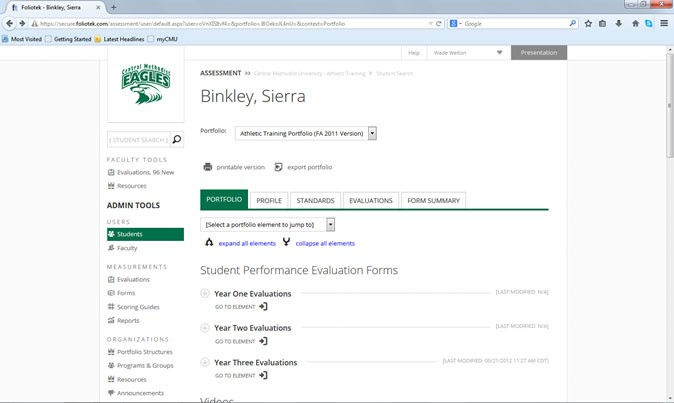How to Evaluate Your Portfolio This Year
Post on: 11 Май, 2015 No Comment

Exclusive FREE Report: Jim Cramer’s Best Stocks for 2015.
As 2008 winds down, it is time once again to take that annual retrospective (and introspective) look at your investment portfolio.
In How to Measure Your Investment Performance , I presented my grading system for evaluating your investments. To refresh your memory, the following is my system. (Please note: Performance should be calculated after you subtract all fees and expenses.)
My grading system is relative, but it also takes a little absolute performance into account.
Now if you did poorly this year, do not fret. You are not alone. In 2008 the major indexes performed at their worst in nearly 80 years.
What is important for you now is to understand what happened this year and recognize any investment mistakes that you may have made over the last 12 months. So let’s take a look at four major factors that were characteristic of 2008 and may have contributed to your investment performance (for better or for worse) this year.
1. Style Drift
Maintaining a consistent investment style, with a consistent benchmark, is one of the keys to laying a foundation for investment management and performance. However, there is a tendency to try to switch from a previously targeted benchmark to a different benchmark just because market conditions have changed. This usually occurs during periods with either very good or very poor market conditions. In the investment world we refer to this as style drift.
Style drift is where a portfolio manager attempts to chase performance by deviating from their stated investment style. For example, if you are a growth manager and you switch to a value orientation because value is in vogue, then that’s considered style drift. If you’ve always called yourself a fundamental investor and you decided to invest based on technical chart patterns, then you have committed style drift.














